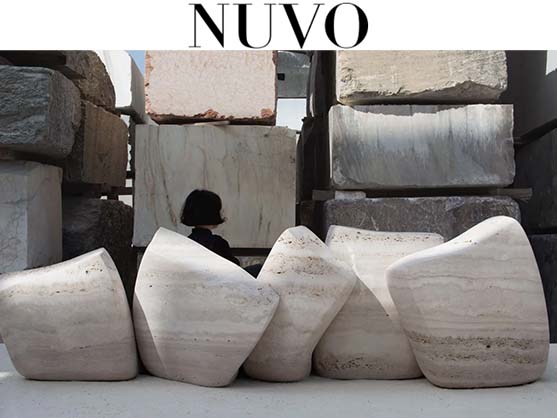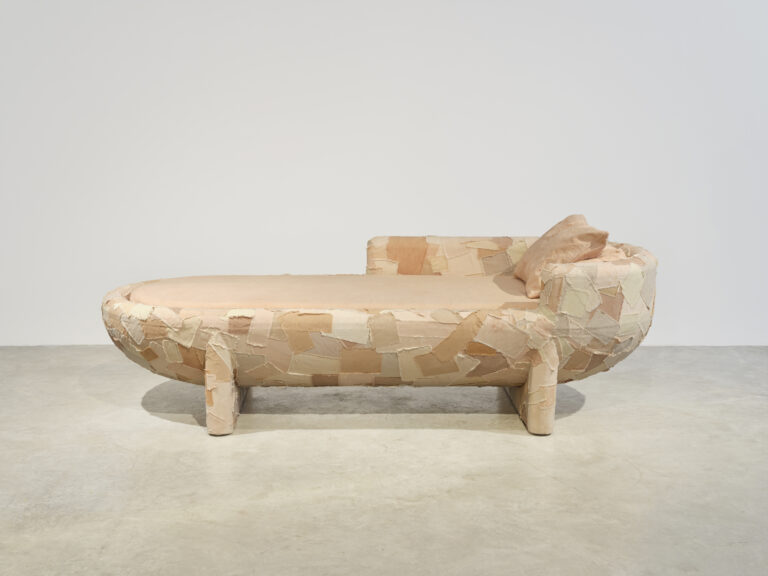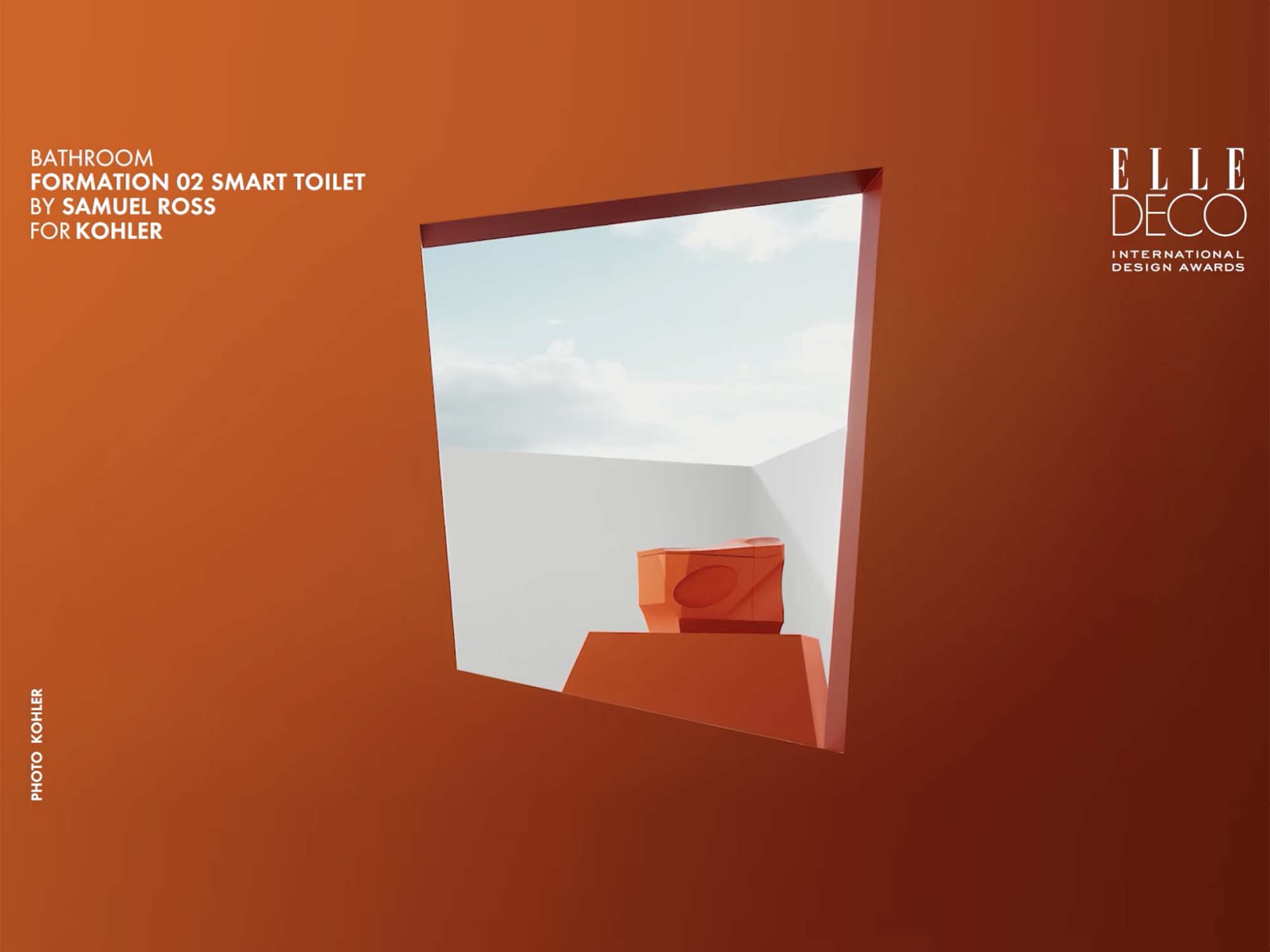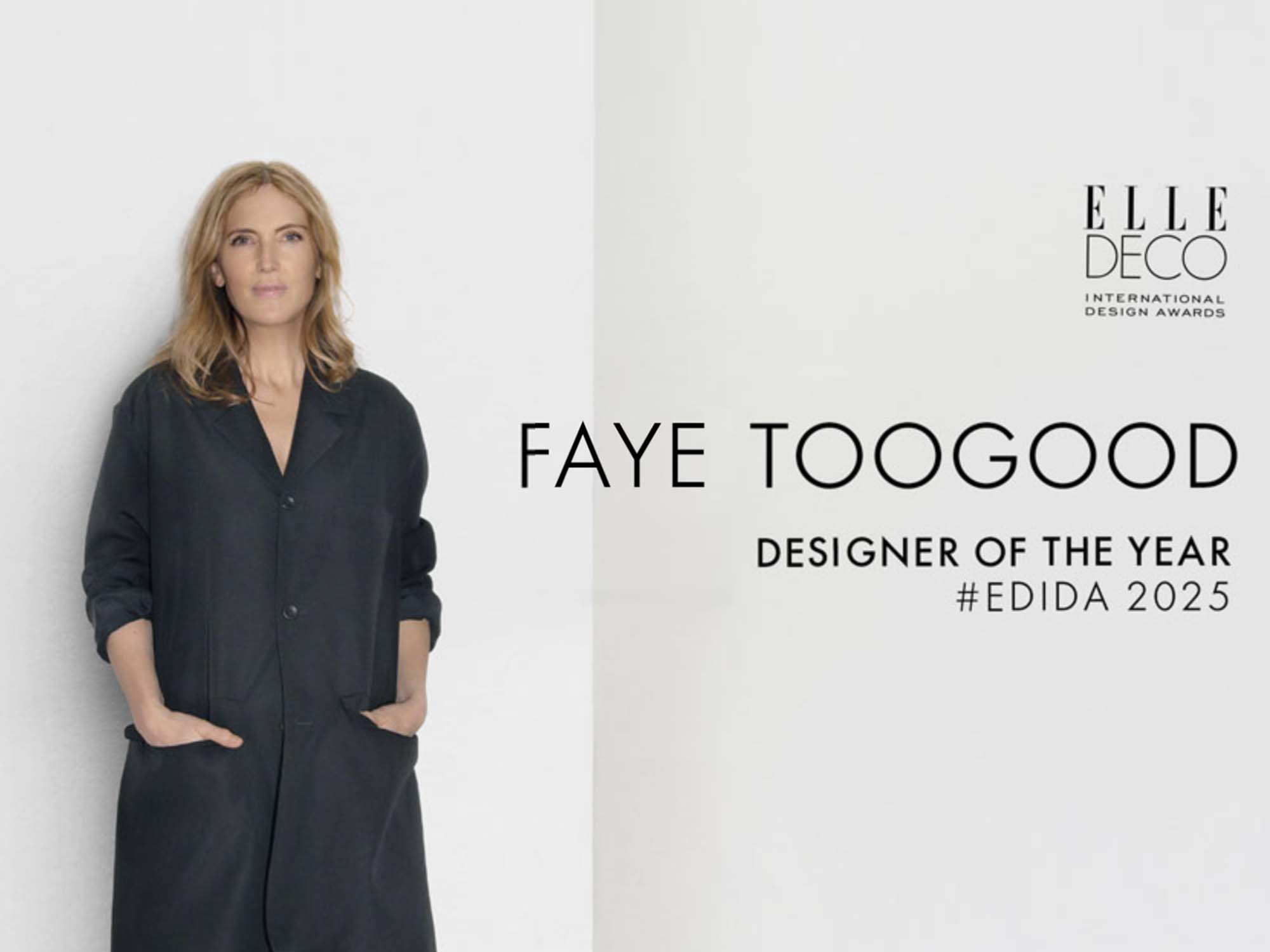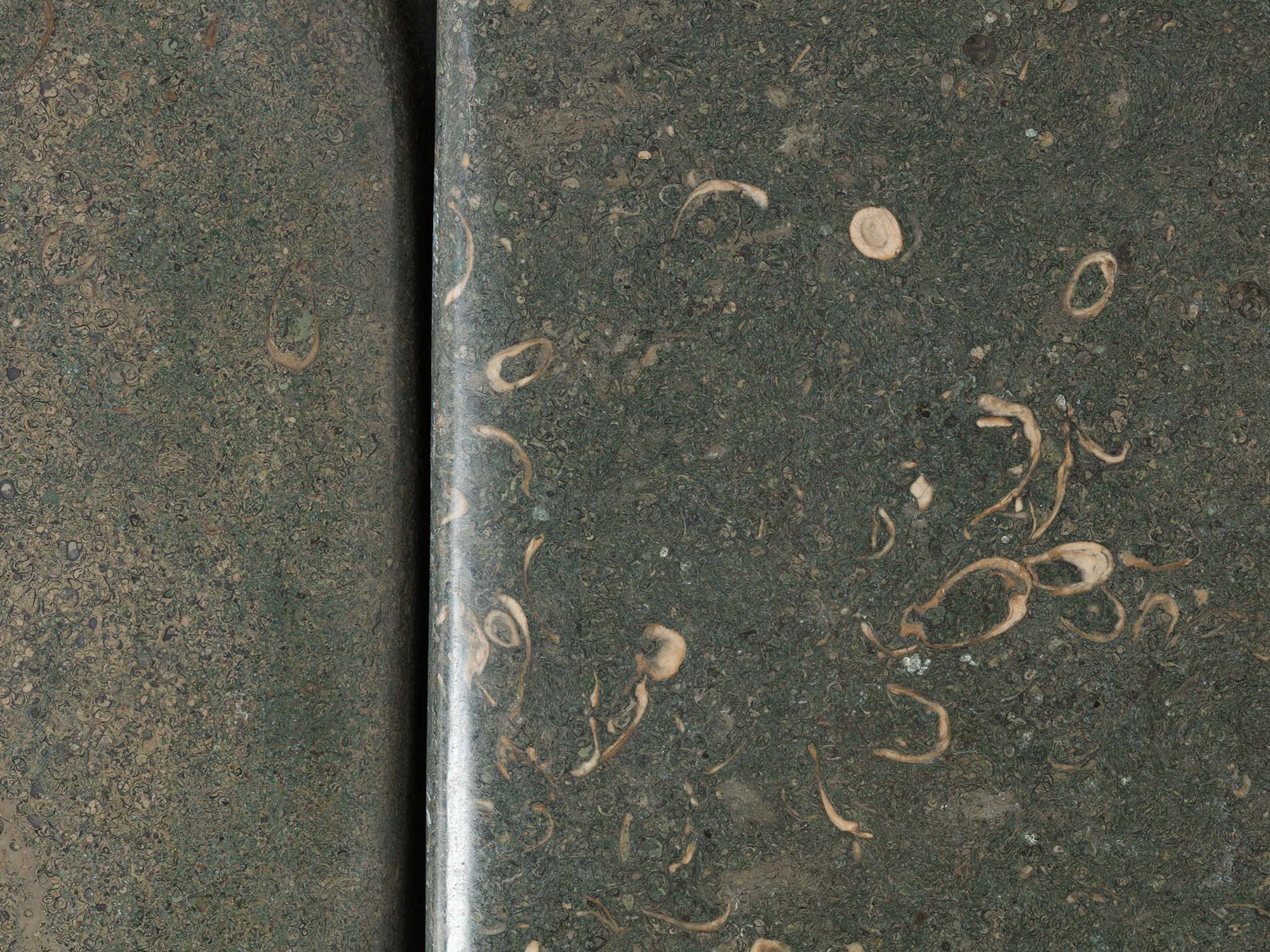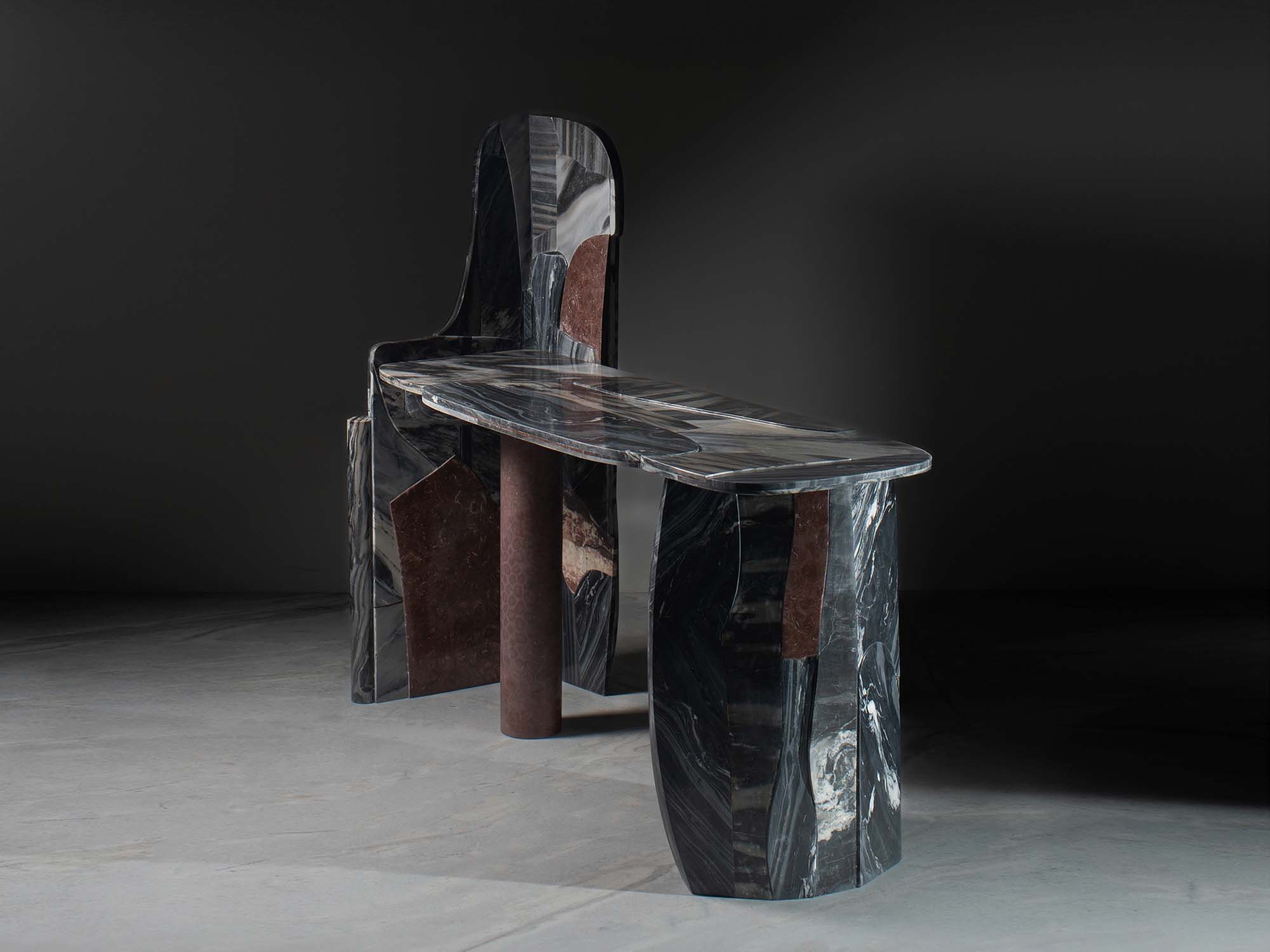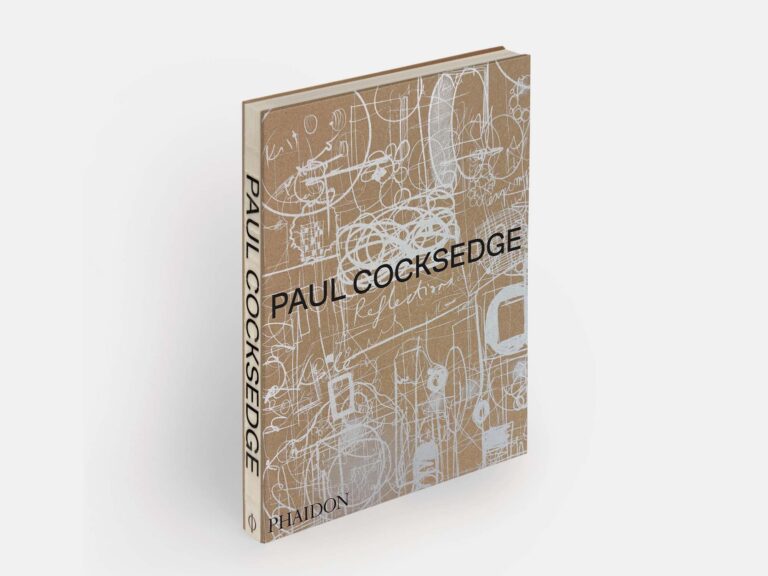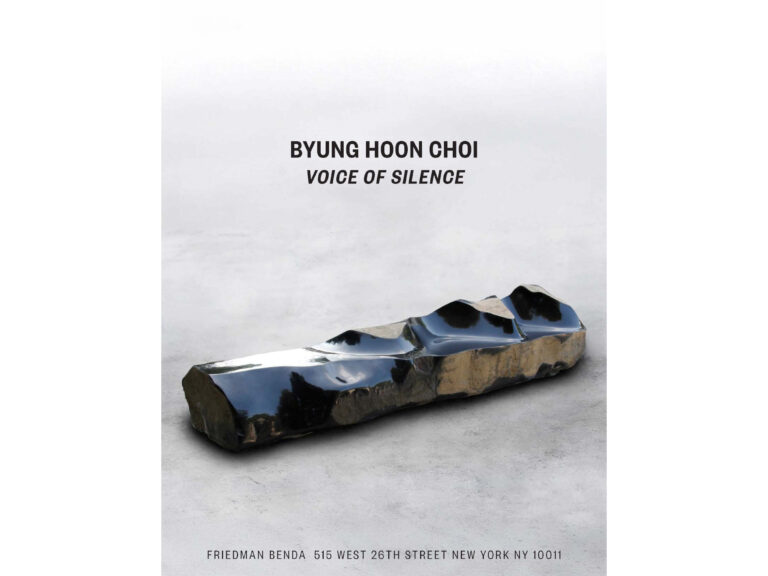By Adrian Madlener
From her studio in Amsterdam, Najla El Zein conceives sculptural designs that distil both personal and cultural narratives through equally referential materials and reimplemented craft traditions, especially those specific to her native Lebanon. Though some of her resulting works are more speculative and experimental than functional, they all reflect a level of formal and visceral universality. Whether achieved in noble materials such as natural fibre, stone, ceramics, or glass, her process-driven and largely iterative concepts evoke underlying themes of sensuality, desire, femininity, and the unconscious, closely reflecting her own identity as a woman, mother, and artist. This summer, El Zein opened her second solo show with New York collectible design gallery Friedman Benda. On view earlier this summer, the Opacity, Transparency, and Everything in Between exhibition debuted two new material explorations and the latest instalment in her ongoing preoccupation with stone.
“Opacity, Transparency, and Everything in Between reflects on one’s initial perceptions, misunderstandings, and the necessity to decipher the layers beneath, as truth often lies between the lines,” El Zein wrote in her artist statement for the exhibition. “Opacity, Transparency, and Everything in Between gained particular significance during my initial foray into working with glass, a material that always fascinated me for its ability to encapsulate life from within. Unlike stone, which reveals the historical and slow geological passage of time, glass captures and preserves the magic of a fleeting moment.”
“Glass is a process of transformation; it crystallizes in the instance. Ceramics, on the other hand, represents a process of accumulation. I was thirsty to learn from these different materials and methodologies, but it was only when the results were brought together for this show, that I was able to understand what happened.” The aim of this exhibition was to reveal the interstitial moment of both human interaction and the almost alchemic act of transmuting raw material into different states; essentially everything that goes on behind the scenes. The finished pieces serve as formalized records of that exploration; one that is as much personal as it is collaborative. “Manual work demands dedication, passion, and reflection, with each piece telling its own narrative within the multiple layers of creation,” she also mentioned in her artist statement.
These three bodies of work were achieved in close cooperation with teams of skilled artisans she’s been working with for almost a decade. The “stacked” or pile-like glass sculptures that make up the Ensemble collection evoke the notion of orchestral composition, in which each contributing member is the part of the sum. The all-ceramic Family of Three work, measuring an impressive 176 by 178 centimetres, reflects both the potential and relatively uncontrollable quality of this material and its treatment: the cutting of three individual yet eventually connected forms, glazing, and subsequent firing.
Being able to challenge the conventional application of these long-significant materials has long been a cornerstone of her practice. As her professional trajectory reveals, El Zein’s especially intuitive approach to producing one-off works is deeply rooted in implicit understanding of interdisciplinarity and what American sociologist Richard Sennett has coined “adjacency,” the idea of taking two disparate elements, conditions, or outright practices and bringing them together to see what this collision of sorts can produce. With pieces like Group of Five, also debuted as part of the exhibition, an especially porous and tactile travertine is rendered soft in appearance. Five seat-like forms seem to intertwine in almost human embrace, lovingly relying on each other for physical, and perhaps also metaphysical, support. Earlier designs like the 2023 Lovers Bench—in which one “organically extruded” Ceppo marble form wraps the other—expresses this thematic explicitly.
El Zein’s holistic and nonprescriptive approach to ideation, form-finding, and reinterpreted craft stems as much from her childhood surrounded by strong female figures, exposing her to the vast array of highbrow and material cultural stimuli in Paris, the city in which she grew up, as her formation at nontraditional art and design school École Camondo. “Students here become product designers and interior architects, but it’s actually a much more conceptual program where the relationship between spaces and objects is investigated on a more transcendent level,” El Zein notes. Her first professional stint out of school was in independent filmmaking. “It was amazing, because I was working in a collective, which has an especially tactile and conceptual approach to film, and also a way of working with the material itself, distorting and cutting the actual strips.”
It was with her parents’ return to Lebanon and her subsequent move to its capital, Beirut, that El Zein began to fully explore object-making. “Though I was born there, I didn’t have any kind of attachment to the country, and so I was able to see things with a fresh perspective,” she explains. Looking to lend her skills to various interior design and event design commissions, the trained interdisciplinary designer was quickly exposed to Lebanon’s richly distinct craft community. As fellow contemporary designers working here such as Karen Chekerdjian, artisanal production is all that’s available in this context given that there has never been heavy industry or mass manufacturing. Craft has never just been novelty and has remained a necessity up till present day.
“During the Ottoman Empire, Beirut and wider Lebanon served as a kind of hub, a port taking in influences from all over,” El Zein says. “The Lebanese have inherited from that cultural mix. I discovered its craftsmanship and way of working, which is very spontaneous and human, something I had never was confronted with before.” Establishing herself her for multiple years allowed her to delve deeper.
In that time, El Zein progressed from much more ethereal manifestations in textile and natural fibre to more substantial sculptural works. Beginning to define her approach as one that centres on imparting narrative through process, material, and form, she experimented with using readily available elements like wool, toothpicks, and plastic cutlery: the Clouds and Spoons wall sculptures. It was with concepts like Sensorial Brushes that she began to play with stone. El Zein’s website describes this early project—the one that first caught the attention of gallerist Marc Benda—as a marble sculpted pleasure tool enhancing sensations by incorporating unconventional materials such as eyelashes, brass nails, feathers, and hay. “I wanted to create a contrast between the body of the object and what I was adding onto it,” she explains. “It was also when I began working with stone, and it was something that I learned to understand with time. Stone is a very collaborative material, processed in a very controlled millimetre by millimetre way.”
She began working with a generationally entrenched stone workshop and importer that has access to an array of variants. Though Benda approached her early on, she chose to take time to develop her practice for a few more years before showcasing with the platform. Her spring to summer 2019 Transition exhibition at Friedman Benda gallery in New York marked an important step in El Zein’s ongoing Seduction series, a similar approach of which informed the more recent Family of Three and Group of Five works. She’s worked with the same family-run company throughout this development and even after moving to the Netherlands a few years ago.
The iterative process came to a head in 2022 with the ambitious Us, Her, Him installation mounted in the Doha Cultural District’s Flag Plaza. Comprising over 300 metres of organic, undulating, and monumentally articulated hand-carved limestone benches, the overall mise en scène is a reflection on the power of human interaction. Curved, twisted, and elongated components make for unexpected conditions for impromptu exchange. This theme was especially relevant given that it was achieved over the course of three years and during the pandemic, when this essential behaviour was restricted.
“I didn’t just want to create benches,” El Zein professes. “I wanted to create benches that would actually have something to say and that would hold the story and that would bring people to come and meet and discover each other.” The notion of interpersonal connection also informed the conceptual framework of the three subsequent collections mentioned before but more so in terms of the production process, the interaction between the different makers and her as the guiding visionary.
While her first show at Friedman Benda centred mostly on the solidification of her stone exploration, the latest show revealed her insatiable desire to continue experimenting and pushing her practice in a new direction while holding fast to the tenets of her guiding ethos. On top of those principles, the Opacity, Transparency, and Everything in Between exhibit also touched on new preoccupations. “The complexity of ‘everything in between’ would not be translated into words,” she wrote in her artist statement. “Hence, my objective with this series of works is to convey such understanding and nuances through the dimensions of time, space, materiality, light, reflection, use, touch, and emotions, hoping to discover answers and provoke new questions.”
